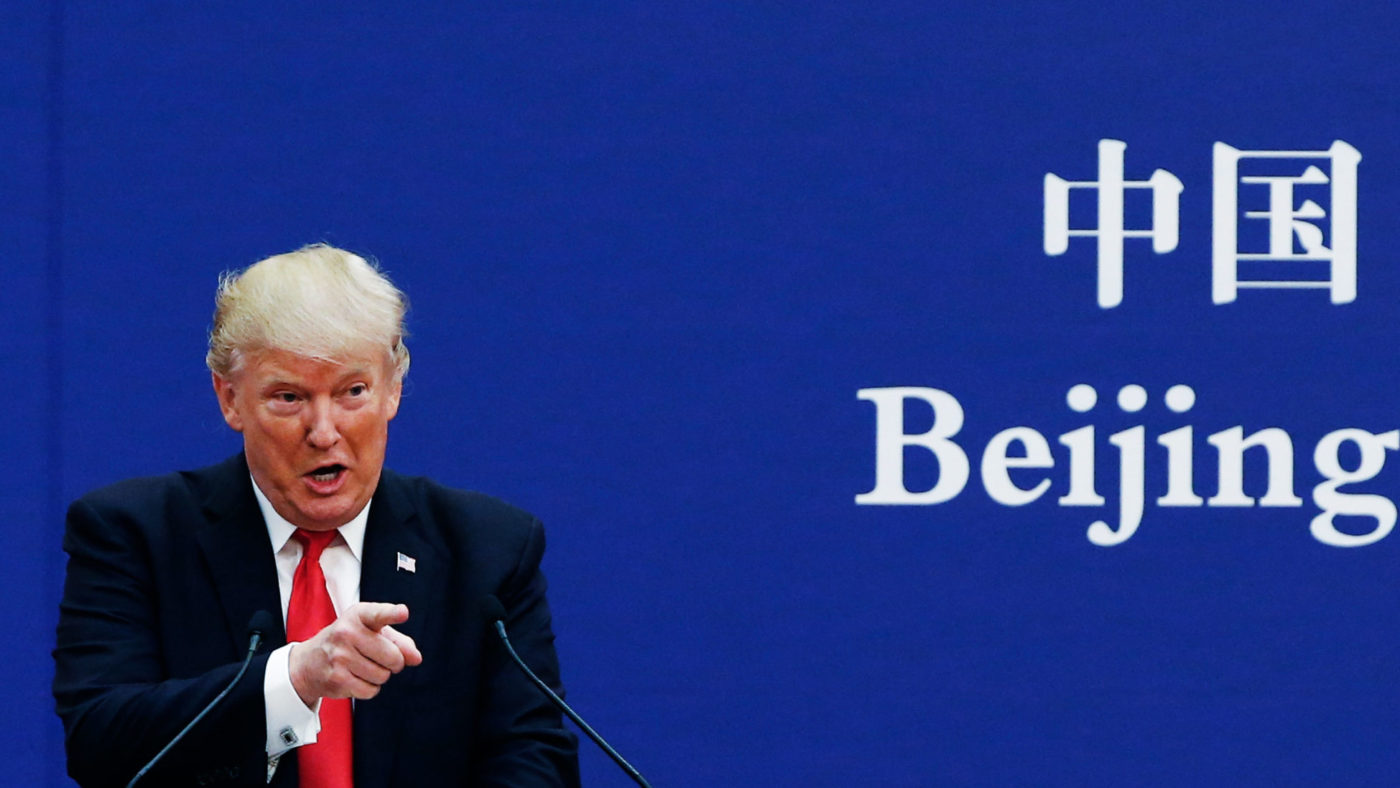China joined the World Trade Organization in 2001. So far membership has served it well. The same, broadly speaking, is true for the rest of the world. The vast majority of WTO members are richer today than they were at the start of the millennium.
Today, China stands credibly accused of forced technology transfers, disregard for intellectual property, and industrial espionage. Other nations have long complained about the country’s unfair practices, but those concerns have often been ignored. Donald Trump has decided to force Beijing to change its ways through escalating tariffs that could precipitate a global trade war. We are living in dangerous times and cool heads are needed on both sides of the Pacific.
The basic case for free trade has not changed since 1776, when Adam Smith published his Inquiry into the Nature and Causes of the Wealth of Nations. The Scottish philosopher noted that division of labour into smaller components leads to faster growth. As workers “specialise” they become more efficient at what they do. Productivity and wealth increase.
Since entry into the WTO, Chinese income per capita adjusted for inflation and purchasing power has increased from $4,148 in 2001 to $16,924 in 2017. That’s an increase of 308 per cent.
Chinese growth did not make other countries poorer — over the same period US average incomes grew from $47,805 to $ 58,042 – a 21 per cent increase, while the global average rose 52 per cent, from $11,347 to $17,197.
Chinese membership of the WTO has always been somewhat controversial. In the early days, the country stood accused of manipulating its currency. By keeping the Renminbi’s value artificially low, the critics alleged, China made its exports cheaper and, therefore, more competitive.
That concern was largely bogus, since China, like many other countries, pegged its currency to the US dollar. The value of the Renminbi, in other words, fluctuated alongside that of the Greenback. Since China de-pegged its currency from the dollar in the mid-2000s, the Renminbi has appreciated considerably.
Another criticism concerned its ballooning trade surpluses with the rest of the world – and the United States in particular. In 2017, for example, America bought $336 billion more from China in 2017 than China bought from America.
So what? Some of the US dollars earned by Chinese companies in the United States have returned to America in the form of investments. Some went toward purchasing US debt, which allows the United States to run a budget deficit without raising taxes. Some of it was sold in the global money markets, thereby making the US dollar cheaper, and so on.
But some of the criticisms levied against China are well founded. Beijing has levied discriminatory non-tariff barriers against foreign goods, forced technology transfers from Western firms to Chinese ones, and disregarded intellectual property rights leading to copycat
production of Western goods.
President Trump has decided to respond to these unfair trade practices by imposing tariffs on Chinese goods. That is a mistake.
As my colleague Daniel Ikenson has written, the Trump administration “is right to be concerned about China’s mercantilist technology policies, but it seems to have no clue about how to mitigate the problem. Tariffs will do nothing to address China’s promotion of national champion industries, nor will it dissuade intellectual property theft of forced technology transfer policies. They will disrupt global supply chains and make Americans, Chinese, and many others around the world less well off than they are today.”
There is a better way to exert pressure on China to change its ways. The Trans-Pacific Partnership (TPP) between Australia, Brunei, Canada, Chile, Japan, Malaysia, Mexico, New Zealand, Peru, Singapore, Vietnam, and the United States, was to cut over 18,000 tariffs. Tariffs on all US manufactured goods and almost all US farm products were to be eliminated completely and, in most cases, immediately.
The TPP was to encompass 40 per cent of the global GDP and one-third of the world trade. The agreement mandated expedited customs procedures, guaranteed trademarks, copyright and patents, and offered additional privacy, security and consumer protections to businesses. It also provided for the creation of an impartial dispute-settlement body – to keep the members of the TPP honest.
Had it been enacted, the agreement would have created a trading zone among countries more deeply committed to the rule of law and fair play. Its very existence would have provided an incentive for China to abandon its predatory ways – that is, if China ever wanted to join the bloc.
It was this economically beneficial and strategically important deal that Donald Trump decided to withdraw from when he became US President. Trump is not a man who likes to reverse course. Nor is he willing, when the cost of his mistakes becomes too high, to go down with the ship. The recent reversal of his policy to separate immigrant children from their parents at the US border is a case in point.
The President should revisit the TPP and sign up to what has, in the meantime, become the Comprehensive and Progressive Agreement for Trans-Pacific Partnership (CPTPP). Not only would such an agreement be good for American customers and producers. It would also incentivise China to become a better trading partner for the United States and the world.


